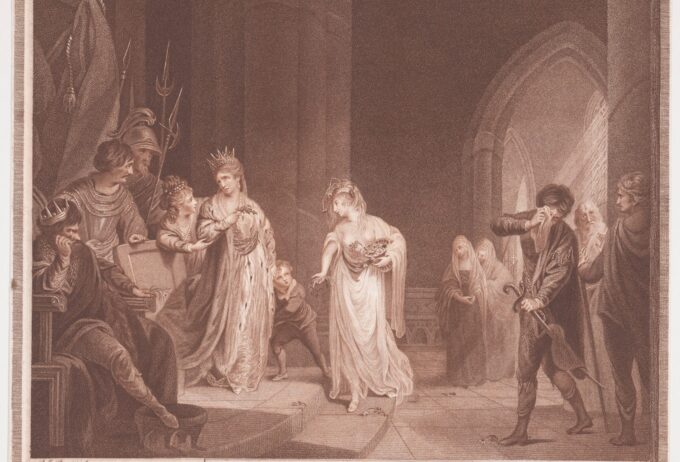Death in St Marylebone
Memorial Gardens Burial Biographies
Heritage
Edward Forset (1553-1630)
Edward Forset (1553-1630) was an English writer, known for political works and as a playwright. In A Comparative Discourse (1606) he contributed to the traditional monarchist theory of the king’s two bodies: the body politic and the body natural. This is considered one important source for later divine right and royalist ideas, as well as spinning out the bodily metaphor (the King as the heart).
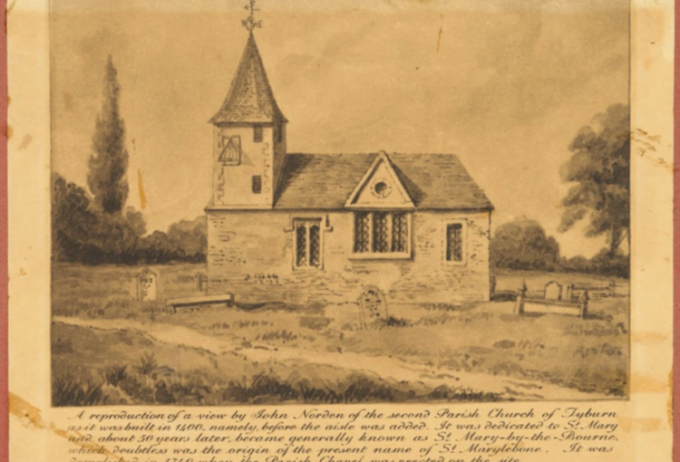
Sir Edmund Douce d.1644
Cupbearer to two queens, Lord of the Manor of Tyburn.
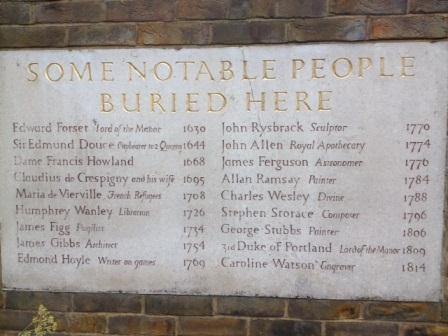
Dame Frances Howland of Stepney d.1668
Last Will and Testament 16 May 1668.
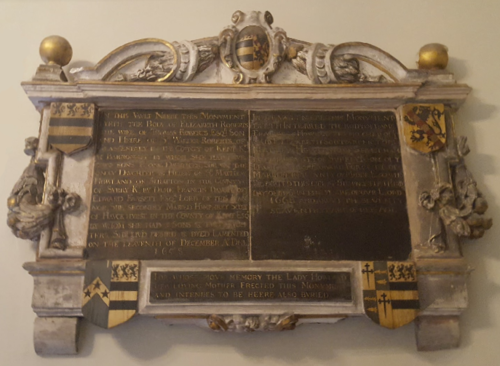
Claudius Champion de Crespigny 1620-1695
Claudius Champion de Crespigny (1620-1695) was a Huguenot and officer in the French army. In 1687 he and his wife Maria de Vierville (also buried here) fled their chateau at Vierville in France for England after the revocation of the Edict of Nantes. They found sanctuary in London and De Crespigny became a Colonel in the English army. The Champion de Crespigny family held land in Camberwell. They were a Norman family who fought in First Crusades under St Louis and became hereditary champion of Dukes of Brittany and Normandy.
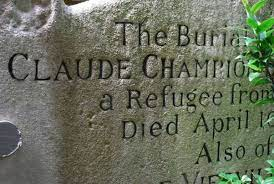
Humphrey Wanley (1672-1726)
Humphrey Wanley (1672-1726) was English librarian, palaeographer and scholar of Old English, employed by manuscript collectors. He studied at Oxford University and worked as an assistant at the Bodleian Library until 1700, when he moved to London and eventually became the first keeper of the Harlein Library, now the Harleian Collection. Wanley, together with John Bagford and John Talman, was one of three 'founder members' of the reconstituted Society of Antiquaries, which first met at the Bear Tavern on the Strand on 5 December 1707. Wanley married twice. He died of dropsy in 1726.
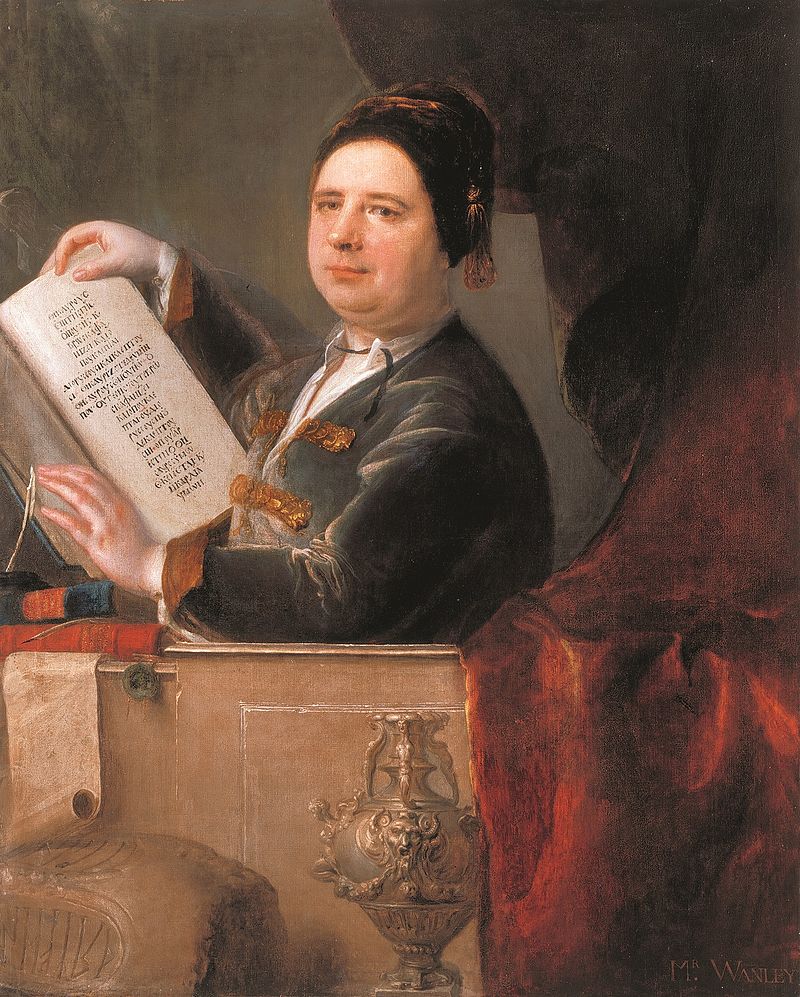
James Figg (1695-1734)
James Figg (1695-1734) was an English bare-knuckle boxer. He is widely recognized the first English bare-knuckle boxing champion, reigning from 1719 to 1734. American champion Jack Dempsey called him the father of modern boxing. Figg was born in Oxfordshire and fought his early prize fights there. In 1719 he started his own school and taught boxing, fencing, and qaurter staff. He fought a total of 270 fights and retired in 1734. George Taylor took over his business after his death that year. Figg was inducted into the International Boxing Hall of Fame in 1992. A blue plaque dedicated to him was unveiled at The James Figg Pub (formerly The Greyhound Inn), Cornmarket, Thame, in 2011.
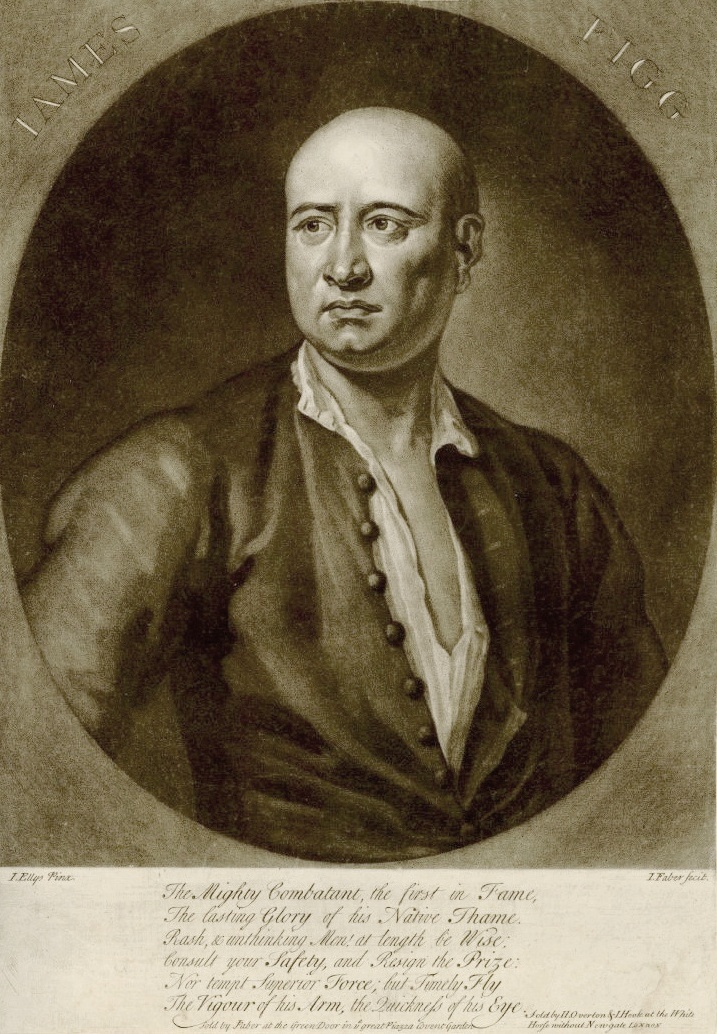
James Gibbs (1682-1754)
James Gibbs (1682-1754) was one of Britain's most influential architects. Born in Scotland, he trained as an architect in Rome, and practised mainly in England. His most important works are St Martin-in-the-Fields, in London, and the cylindrical, domed Radcliffe Camera at Oxford University. Gibbs very privately was Roman Catholic and a Tory, and was therefore not part of the Palladian movement which was prevalent in English architecture of the period. His architectural style did incorporate Palladian elements, as well as forms from Italian baroque but was most strongly influenced by the work of Sir Christopher Wren. Gibbs was an individual who formed his own style independently of current fashions and as a stylistic outsider, had little effect on the later direction of British architecture, which saw the rise of Neoclassicism shortly after his death.
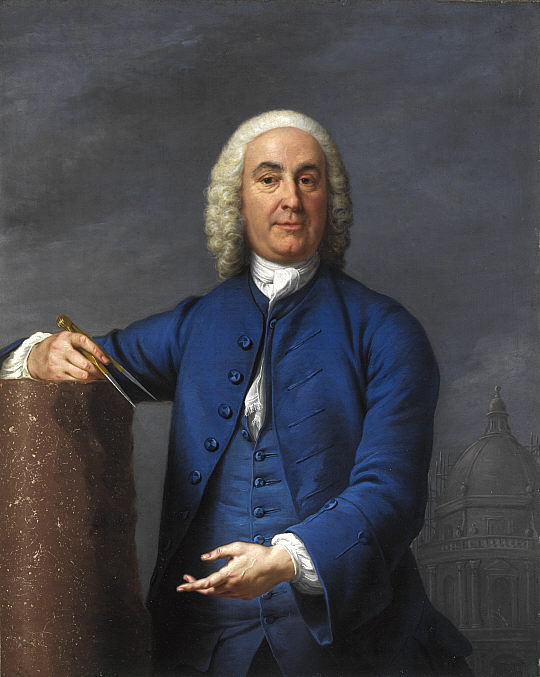
Edmond Hoyle (1672-1769)
Edmond Hoyle (1672-1769) was a writer best known for his works on the rules and play of card games. The phrase "according to Hoyle" came into the language as a reflection of his generally-perceived authority on the subject. In 1742, having already tutored members of high society at the game of whist, Hoyle published A Short Treatise on the Game of Whist, which quickly sold out. The laws of whist, as written in the book, were regarded as authoritative until 1864, after which time it was superseded by the new rules written by John Loraine Baldwin and adopted by the Arlington and Portland clubs. Hoyle published other books on games such as brag and chess and his writing was translated into many continental languages.
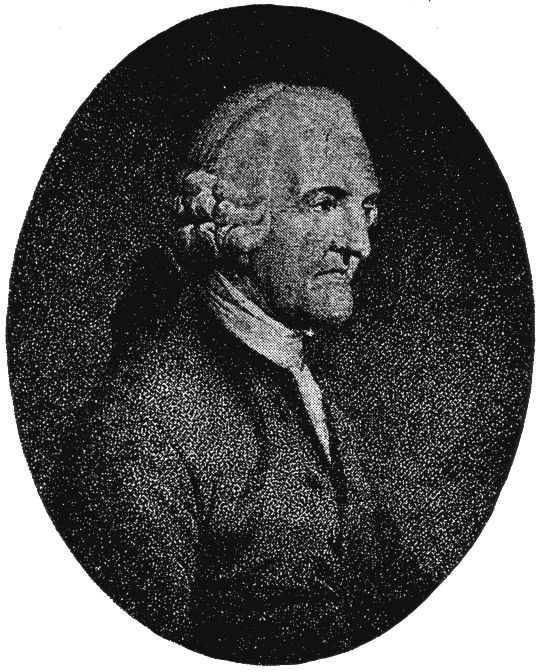
John Michael Rysbrack (1694-1770)
John Michael Rysbrack (1694-1770) was an 18th-century Flemish sculptor. Rysbrack was born in Antwerp and studied drawings by Italian masters, before settling in London in 1720, where he quickly established himself as the leading sculptor, a position he was to retain until the mid-1740s. He produced vivid portraits and monuments of lively baroque composition. One of Rysbrack's greatest works, the bust of Lord Orkney is on display at the Victoria and Albert Museum, London. He died in Westminster, London in 1770.
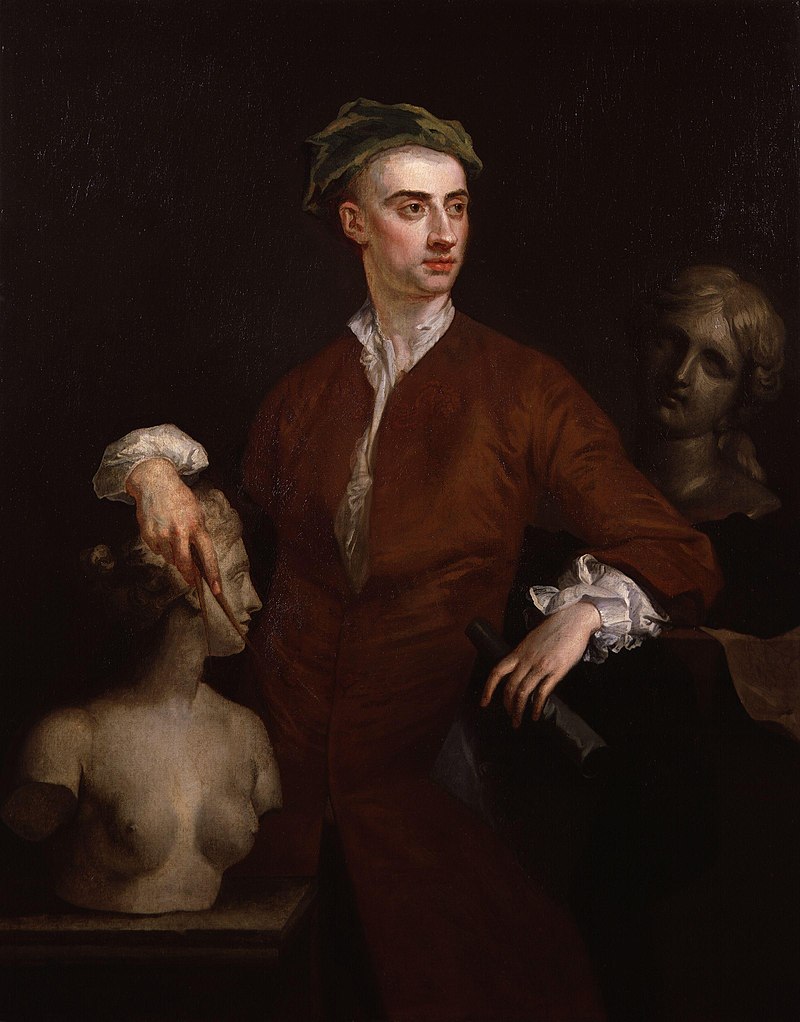
James Ferguson (1710-1776)
James Ferguson (1710-1776) was a Scottish astronomer, instrument and globe maker. Ferguson's globes were inspired by the early 18th Century globes of John Senex but he also designed his own pocket globe. Ferguson was born near Rothiemay in Banffshire of humble parents. His only formal education was three months at a grammar school at the age of seven. He worked as a servant with a miller, as an assistant to a doctor, and as a housekeeper before he decided to pursue painting In Edinburgh and Inverness. In 1743 he moved to London and began lecturing on experimental philosophy and scientific subjects. He died in London in 1776.
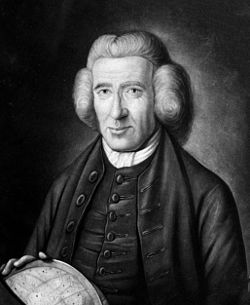
Allan Ramsay (1713-1784)
Allan Ramsay (1713-1784) was a Scottish portrait-painter. He was born in Edinburgh, the eldest son of poet and author Allan Ramsay. He studied in London and travelled to Italy where he worked for three years. He moved back to London where he was employed by the Duke of Bridgewater. His first marriage ended tragically with the death of his wife and none of their three children surviving childhood. He then eloped and journeyed back to Italy where he researched old masters. Ramsay gave up painting in 1770 to concentrate on literary pursuits. He died at Dover in 1784.
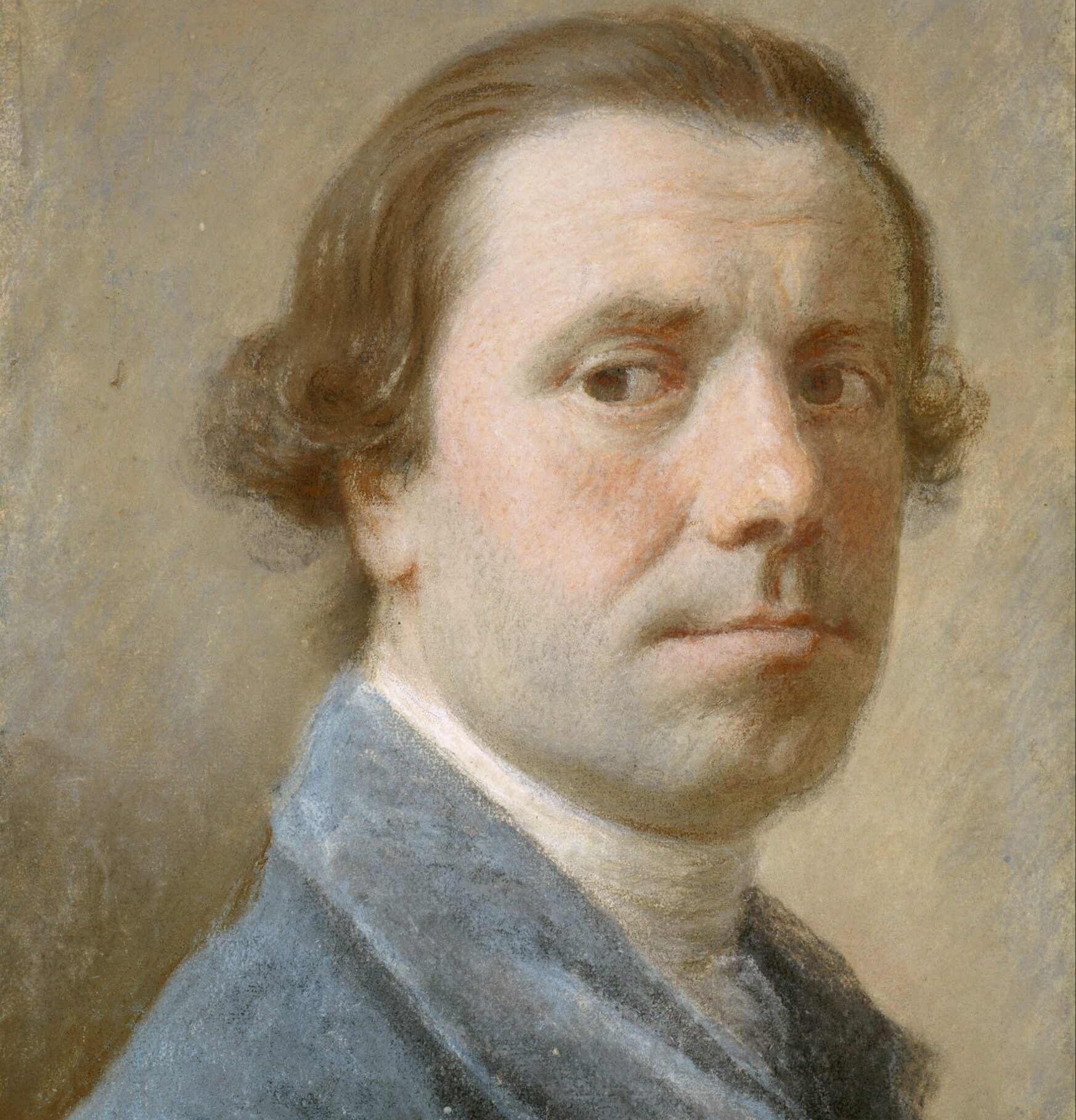
Charles Wesley (1707-1788)
Charles Wesley (1707-1788) was an English leader of the Methodist movement, son of Anglican clergyman and poet Samuel Wesley, the younger brother of Methodist founder John Wesley and Anglican clergyman Samuel Wesley the Younger. Charles Wesley is mostly remembered for the over 6,000 hymns he wrote.
Learn more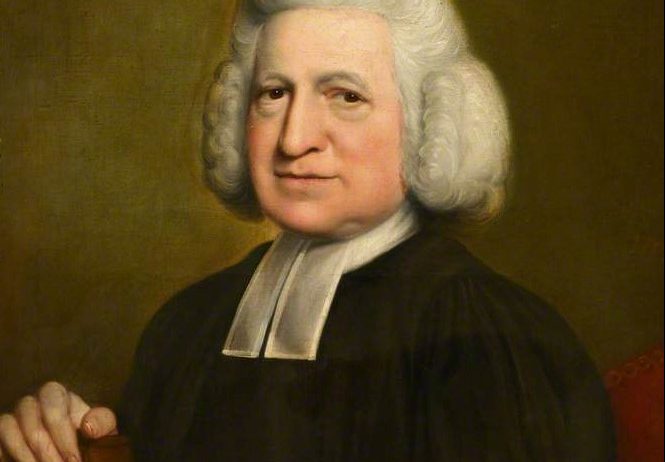
Stephen Storace (1762-1796)
Stephen Storace (4 April 1762 – 19 March 1796) was an English composer. His sister was the famous opera singer Nancy Storace. He was born in London in the Parish of St Marylebone to an English mother and Italian father. Relatively little is known through direct records of his life, and most details are known second-hand through the memoirs of his contemporaries Michael Kelly, the actor John Bannister, and the oboist William Thomas Parke.
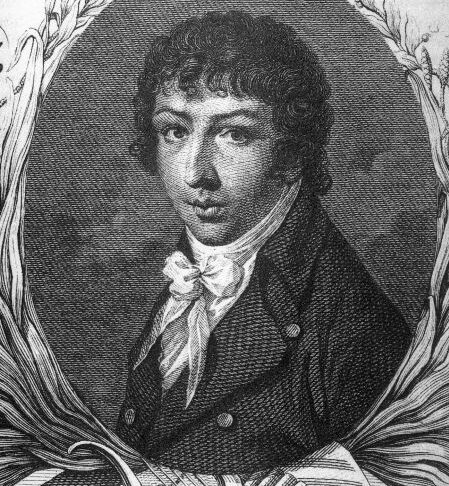
George Stubbs (1724-1806)
George Stubbs (1724-1806) was an English painter, best known for his paintings of horses. Having studied anatomy, Stubbs's pictures of horses are among the most accurate ever painted, but his work is lyrical and transcends naturalism. Stubbs was born in Liverpool, the son of a leather worker, and he spent his early career in the north, painting portraits and developing his interest in anatomy. In the later 1740s he lived in York and supplied the illustrations for a treatise on midwifery. Following a brief visit to Rome in 1754 he settled in Lincolnshire, where he researched his major publication, 'The Anatomy of the Horse'. In about 1758 he moved to London, which remained his base. Like Gainsborough, he later painted scenes of peasant life, as well as studies of wild and exotic animals. He also became known as a printmaker and for his paintings in enamel on Wedgwood earthenware plaques.
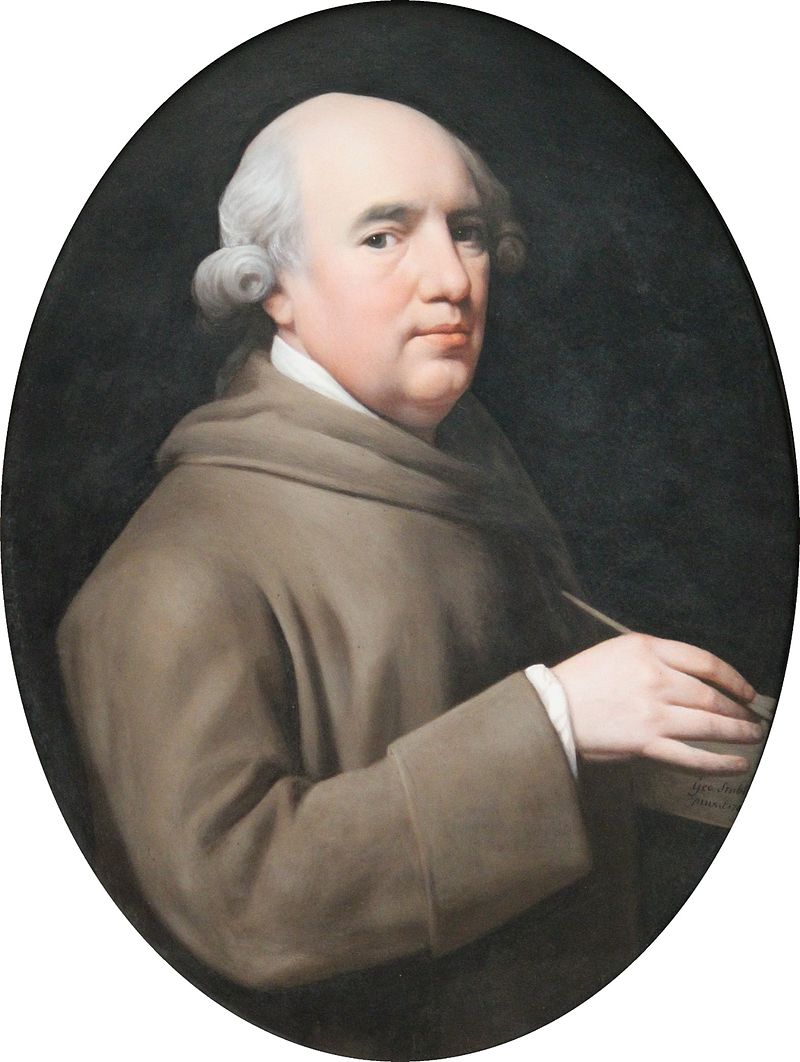
3rd Duke of Portland, William Henry Cavendish Bentinck (1738-1809)
The Third Duke of Portland, William Henry Cavendish Bentinck (1738-1809), was a British Whig and Tory statesman, Chancellor of the University of Oxford and twice Prime Minister of Great Britain, serving in 1783 and again from 1807 to 1809. He was born in Nottinghamshire and educated at Westminster and Christ Church, Oxford. During his first tenure as Prime Minister the Treaty of Paris was signed formally ending the American Revolutionary War.
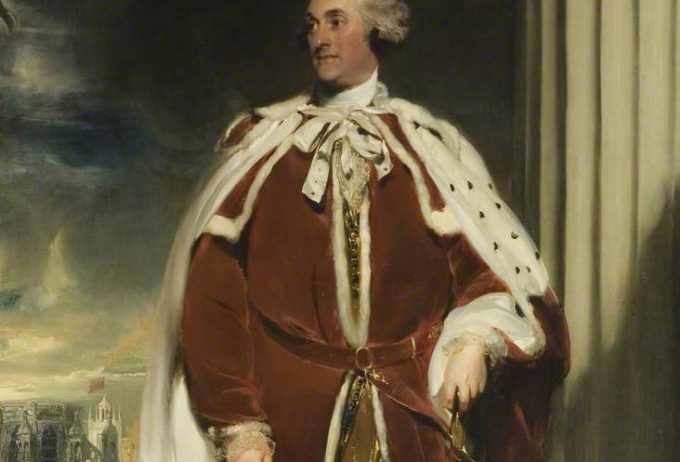
Caroline Watson (1760/61-1814)
Caroline Watson (1760/61-1814) was an engraver and printmaker. Born in London, she was trained by her father, James Watson an Irish mezzotint engraver. However, she never worked in mezzotint but specialized in small-scale stipple engravings, most of them reproducing miniature portraits—in the stipple technique, the tonal effect is achieved by a mattoir, a punch-like metal tool with a head that projects a random pattern of dots or worm-like curves.
Learn more